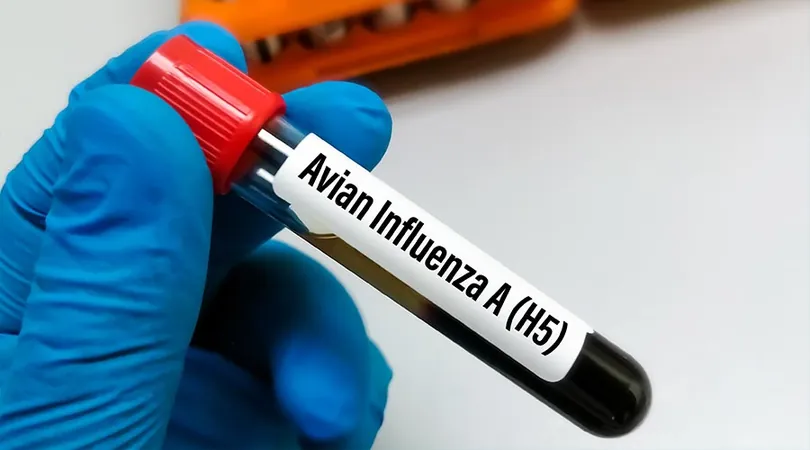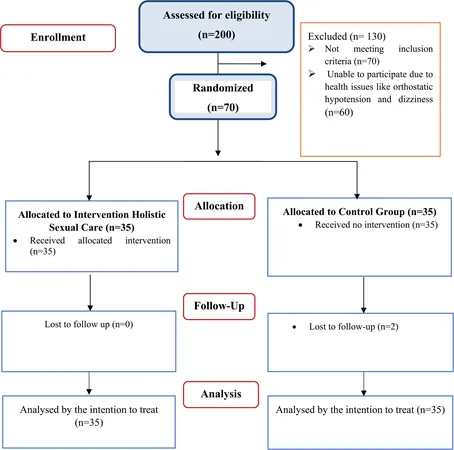
First Human Death from H5N1 Bird Flu Reported in the U.S. - What You Need to Know!
2025-01-13
Author: Rajesh
In a shocking revelation, the Centers for Disease Control and Prevention (CDC) has confirmed that a person in Louisiana has died from severe avian influenza A (H5N1), marking the first human fatality linked to this strain of bird flu in the United States. This individual's hospitalization raised alarming concerns among health officials, and the news has now sent ripples of anxiety across the nation.
As of January 6, 2025, there have been a total of 66 confirmed human cases of H5N1 in the U.S. since 2024, with the total reaching 67 since 2022. Globally, the World Health Organization has reported over 950 cases of H5N1, emphasizing a stark reality: nearly half of those cases have resulted in death. This means that while the threat level is low for the general population, the H5N1 virus poses a significant risk for those in direct contact with infected birds.
The CDC has conducted a thorough investigation into the Louisiana case and has reassured the public that the risk of person-to-person transmission remains low. Most infections are tied to direct contact with infected animals, highlighting that bird flu primarily spreads from animals to humans. This is crucial information as it paints a clearer picture of how the virus operates and aids in the development of targeted preventive strategies.
Even though there are currently no alarming strains of the virus being detected in wild birds, poultry, or livestock that would heighten the risk for human health, the CDC is on high alert and is actively engaged in several initiatives:
Key CDC Initiatives
- Collaborating with state and local health departments to pursue essential epidemiological investigations to understand the public health implications of each case.
- Conducting active surveillance to detect any new H5N1 infections in both humans and animals.
- Monitoring for any genetic changes in the virus that could indicate a potential for greater transmission capabilities between animals and humans or an increase in severity of disease.
- Keeping a close watch on any evolution in the virus that could affect the efficacy of antiviral treatments or existing vaccines.
Healthcare professionals and individuals who may encounter infected birds are particularly urged to follow CDC guidelines on preventive measures. These include the use of personal protective equipment, staying informed about local outbreaks, and taking necessary precautions when handling birds or visiting areas with potential avian influenza exposure.
For those worried about the implications of this case, the CDC has a wealth of resources available on its website packed with advice on how to stay safe. With vigilance and informed practices, we can all help to mitigate the risk posed by H5N1 and remain one step ahead in protecting public health.
Stay tuned for more updates as this story develops!




 Brasil (PT)
Brasil (PT)
 Canada (EN)
Canada (EN)
 Chile (ES)
Chile (ES)
 Česko (CS)
Česko (CS)
 대한민국 (KO)
대한민국 (KO)
 España (ES)
España (ES)
 France (FR)
France (FR)
 Hong Kong (EN)
Hong Kong (EN)
 Italia (IT)
Italia (IT)
 日本 (JA)
日本 (JA)
 Magyarország (HU)
Magyarország (HU)
 Norge (NO)
Norge (NO)
 Polska (PL)
Polska (PL)
 Schweiz (DE)
Schweiz (DE)
 Singapore (EN)
Singapore (EN)
 Sverige (SV)
Sverige (SV)
 Suomi (FI)
Suomi (FI)
 Türkiye (TR)
Türkiye (TR)
 الإمارات العربية المتحدة (AR)
الإمارات العربية المتحدة (AR)